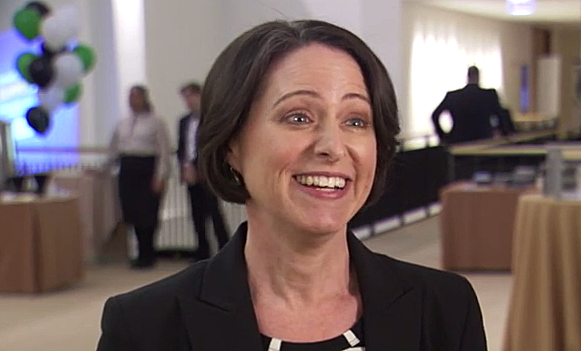The Financial Health Network, the nation’s authority on financial health, in partnership with Prudential, today released The FinHealth Spend Report 2021, the evolution of its annual market sizing report, showing financially coping and vulnerable households account for 84 per cent of spending on fees and interest for financial services (for a total of $255B), despite representing less than two-thirds of the population. In particular, financially vulnerable households spent, on average,13 per cent of their annual income on the products studied, compared with five per cent for financially coping households and just one per cent for financially healthy households. Financially coping and vulnerable households are those who struggle to spend, save, borrow, and plan.
The refreshed report, formerly called the Financially Underserved Market Size Study, combines primary and secondary research to provide unprecedented insight into the fees and interest paid by consumers on dozens of everyday financial services in 2020. The report’s innovative methodology enables new insights into market spending by several key lenses, including financial health, income, race, and ethnicity.
Overall, this landmark new data found consumers struggling with financial health, Black and Latinx households, and low- to moderate-income (LMI) households spent a greater share of their income on interest and fees for financial services, contributing to a widening gap in consumer financial health as the nation recovers from the pandemic.
“Ideally, financial services can help individuals and families manage their financial lives and build better financial health, but the data shows those least able to afford them are disproportionately shouldering the costs,” said Financial Health Network president and CEO Jennifer Tescher. “This exacerbates the financial distress felt by many families and contributes to a well documented and growing financial gap in this country.”

Key insights into household spending by income, race, and ethnicity include:
- LMI households – households with income below 80 per cent of area median income – spent $127 billion in interest and fees on everyday financial services;
- The report estimates LMI households spent, on average, seven per cent of their income on the financial services studied, compared to three per cent for higher income households;
- Black and Latinx households spent a collective $101 billion on the financial services studied;
- It is estimated Black households spent, on average, six per cent of their income on the financial services studied, and Latinx households spent five per cent, while White households spent three per cent.
Additional key findings of the 2021 report by population segments include:
- Just under two-thirds of households drove 84 per cent of spending on everyday financial services;
- Financially vulnerable households – who comprise 14 per cent of those surveyed – pay 24 per cent of all fees and interest;
- Financially coping and vulnerable households spent $123 billion on interest and fees on short-term credit, $91 billion on long-term credit, $24 billion on single payment credit, and $17 billion on payments and accounts.
Analysis of spending by product found:
- Credit cards and auto loans are the largest drivers of spending:
- Interest and fees from revolving balances on general purpose credit cards are estimated at $90 billion from financially coping and vulnerable households;
- Spending by the financially coping and vulnerable on used auto loans totals $63 billion;
- Regardless of the type of auto loan, financially coping and vulnerable populations are paying higher rates for vehicle financing, due in part to lower credit scores (57% of Vulnerable respondents have credit scores classified as “deep subprime”);
- The consumer segments discussed in this report are more likely to utilize high-cost, single payment credit products and other alternative financial services, reflective of the economic and racial disparities in access to mainstream services:
- Black households are 2.7 times more likely to use pawn loans and 3.8 times more likely to use payday loans than White households while Latinx households are 3.1 times more likely to use payday loans than White households;
- LMI households are seven times more likely to use pawn loans than higher-income households;
- Forty-three per cent of vulnerable households with checking accounts report having overdrafted in the past year, with 9.6 overdrafts on average;
“We have a long history of addressing the unique financial challenges of our customers while providing steps towards improving their financial health and lives,” said Sarah Keh, vice president, Inclusive Solutions. “This partnership with the Financial Health Network helps us further our mission by collaborating with innovators and policymakers committed to designing solutions that contribute to improved resilience and financial wellness for all.”












